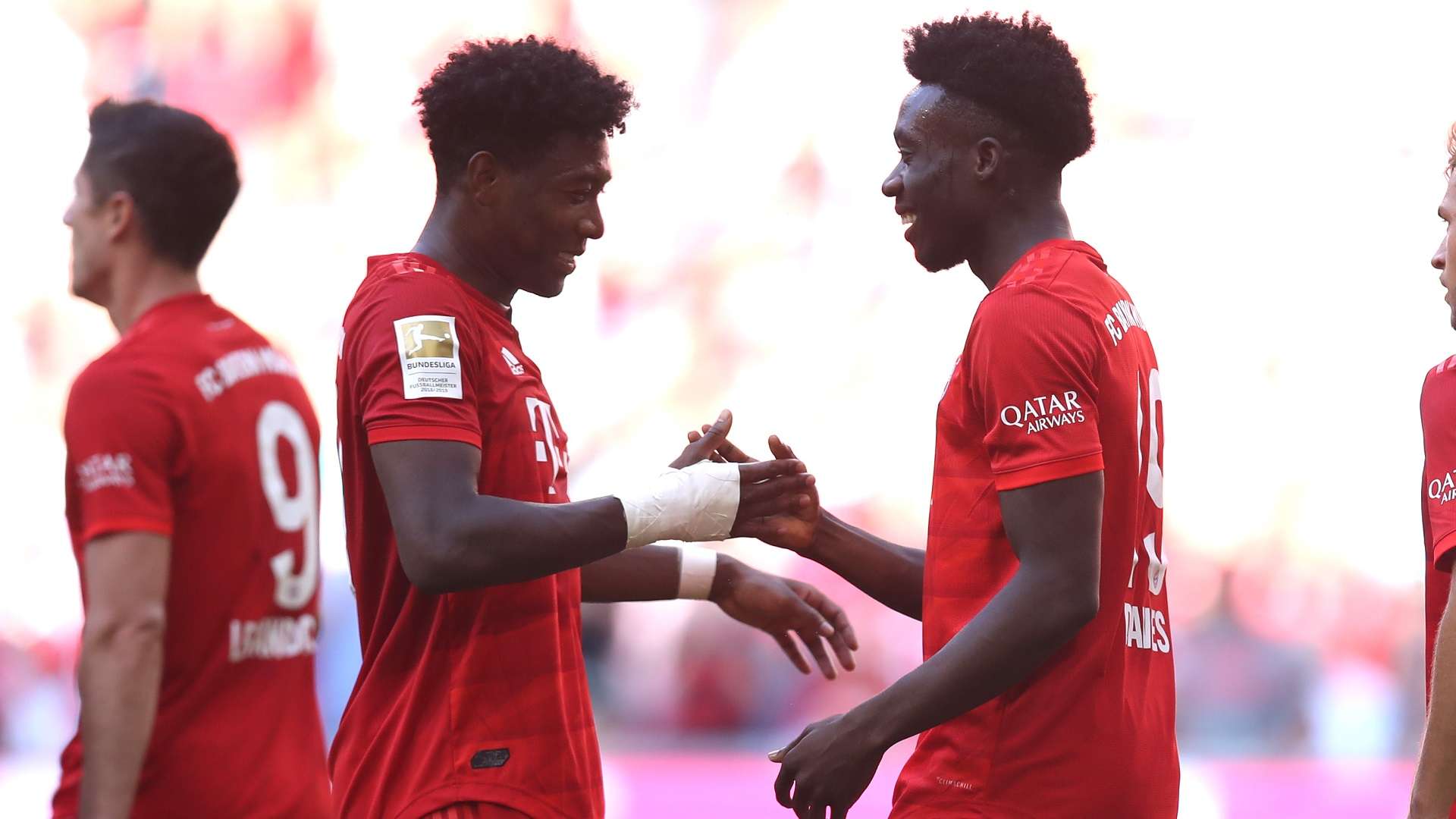The introduction to Bayern Munich's Youth Academy website says: "What do David Alaba, Holger Badstuber, Bastian Schweinsteiger, Owen Hargreaves and Sammy Kuffour have in common?"
The answer on the website hails the fact all five came through Bayern Munich's youth system. It fails to mention that of the group, only Alaba is still playing top-flight football and his breakthrough at the club was a decade ago. Three of the five are actually now retired from football, while Badstuber lines up for Stuttgart in Germany's second tier having suffered relegation from the Bundesliga last term.
In August 2017, Bayern Munich opened a new state-of-the-art academy, the FC Bayern Campus, with then-president Uli Hoeness outlining that it would revolutionise the club's youth strategy.
"In the last few years, the results of our work haven't been good. No player has even come close to making the first team since David Alaba," Hoeness said. “The new FC Bayern Campus will also provide one answer to the current transfer madness and the explosion of salaries.
"Like many big clubs around the world, a youth academy has been our dream for many years. What you can see here today can make us all feel proud. Our staff have an infrastructure better than any other."
That season, 2017-18, five teenagers played in the Bundesliga for Bayern Munich. Only two of those are still at the club. Defender Lars Lukas Mai has not played in the German top flight since, even with an injury crisis at centre-back this season where Alaba has been forced to play in the middle. Forward Franck Evina is still on the books but is currently on loan at third-tier side Uerdingen, having failed to score on loan in the 2. Bundesliga with Holstein Kiel last season.
Meritan Shabani made his debut in 2018, signed a new contract, played once more in 2018-19 and then was allowed leave for Wolves in the summer of 2019. Only two other teenagers played in the Bundesliga in 2018-19. Jeong Woo-yeong played two games before leaving for Freiburg, while Alphonso Davies is currently Bayern's first-choice left-back but is not a youth product having been signed from Vancouver Whitecaps for $13.5 million (£10m).
Davies' transfer is indicative of the model Bayern Munich have been using for years. Instead of giving youth a chance, they look to the market to sign not only the best first-team players but also talented young players who may develop into stars.

Renato Sanches was a €35m (£30m/$40m) flop, while Germany Under-21 international Jann-Fiete Arp has yet to play a minute for the club and fellow summer signing Mickael Cuisance has just 37 minutes of Bundesliga action to his name, spread across three anonymous cameo appearances.
Bayern have fleshed out their squad with big-name loan signings James Rodriguez and Philippe Coutinho in the past few years, adding Ivan Perisic and Alvaro Odriozola this season to help offer depth.
Defensive injuries have earned Mai a spot on the bench but no more, but Joshua Zirkzee is the exception that proves the rule, getting two starts in the absence of Robert Lewandowski after a few impressive substitute appearances.
Zirkzee is an import from Dutch football, having moved to Bayern's academy in 2017 from Feyenoord, while the only German teenager to feature for the Bavarians in 2019-20 is Leon Dajaku, who spent six years learning his trade at Stuttgart.
Despite these players doing most of their development elsewhere, Bayern Munich are confident that the fruits of their labour at their new academy will be seen in the next few years.
They have recruited two of RB Leipzig's best youth coaches, with Jochen Sauer arriving in 2017 to head the academy and Sebastian Hoeness following his boss to initially coach Bayern's U19 side and now Bayern Munich II in Germany's 3. Liga.
Martin Demichelis (U19 coach) and Miroslav Klose (U17 coach) add international experience to the mix, while senior head coach Hansi Flick has shown more of a desire to play young players than his predecessors Carlo Ancelotti and Niko Kovac.
Hoeness trains the reserve squad, who are currently just one point behind the senior side's local rivals 1860 Munich. Bayern II includes many of the club's best young talents including Arp, Mai and Oliver Batista Meier. He thinks that the new sports campus can make a difference and that it is not too late for Bayern to look at developing their own players for the first team.
"Certainly not too late. We are happy that the campus is standing and that we can benefit from these great conditions," Hoeness told Goal. "Now we want to do our job and develop players that could be considered for the professional squad in the near future.
"I am very impressed by the cooperation and atmosphere on campus. There is a common goal that is in the foreground. That means developing players. The right direction has been taken."
Chairman Oliver Kahn took over from Hoeness's uncle Uli Hoeness in January and explained one of his hopes was to utilise the academy more.
"It is our goal to develop youth players who have the potential to become rightful successors of players like Bastian Schweinsteiger, Philipp Lahm, Thomas Muller, David Alaba or Toni Kroos into pros for FC Bayern," Kahn told Sport Bild.
Bayern II will be without two key players next season as top scorer Kwasi Okyere Wriedt and defender Derrick Köhn have both agreed to join Willem II, meaning two younger players will have to fill their boots.
It is also indicative that a breakthrough is still a few years away for the new youth academy, as Wriedt has scored 17 goals in 25 games for the reserves but is not seen as good enough to earn a place in the first team.
Bayern Munich have state-of-the-art youth facilities but until they stop signing stop-gap players and start giving youngsters a chance, it could be a while before they see another Alaba or even another Badstuber.


